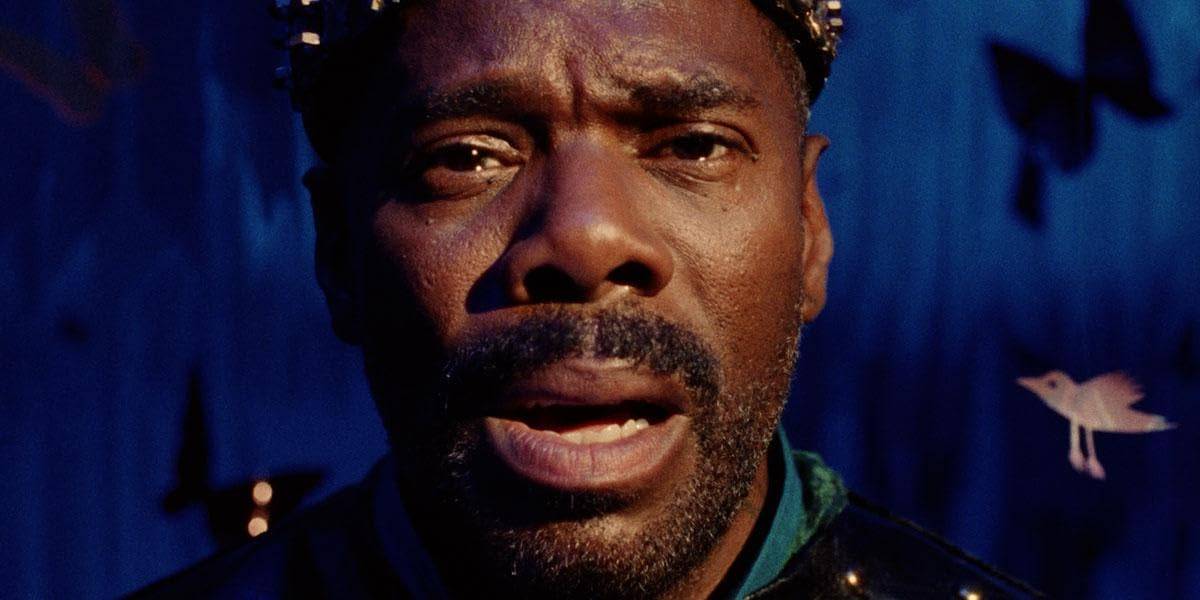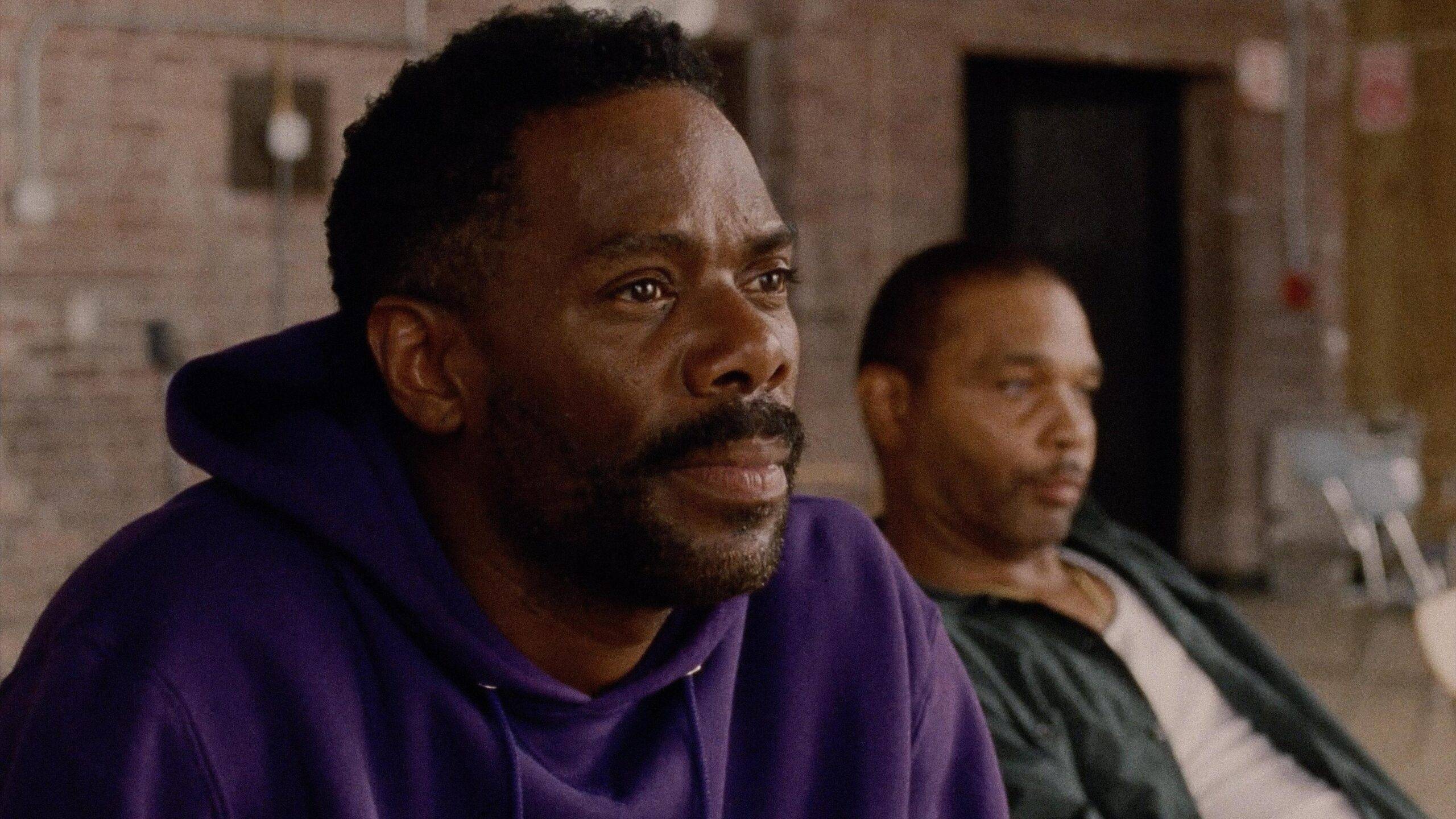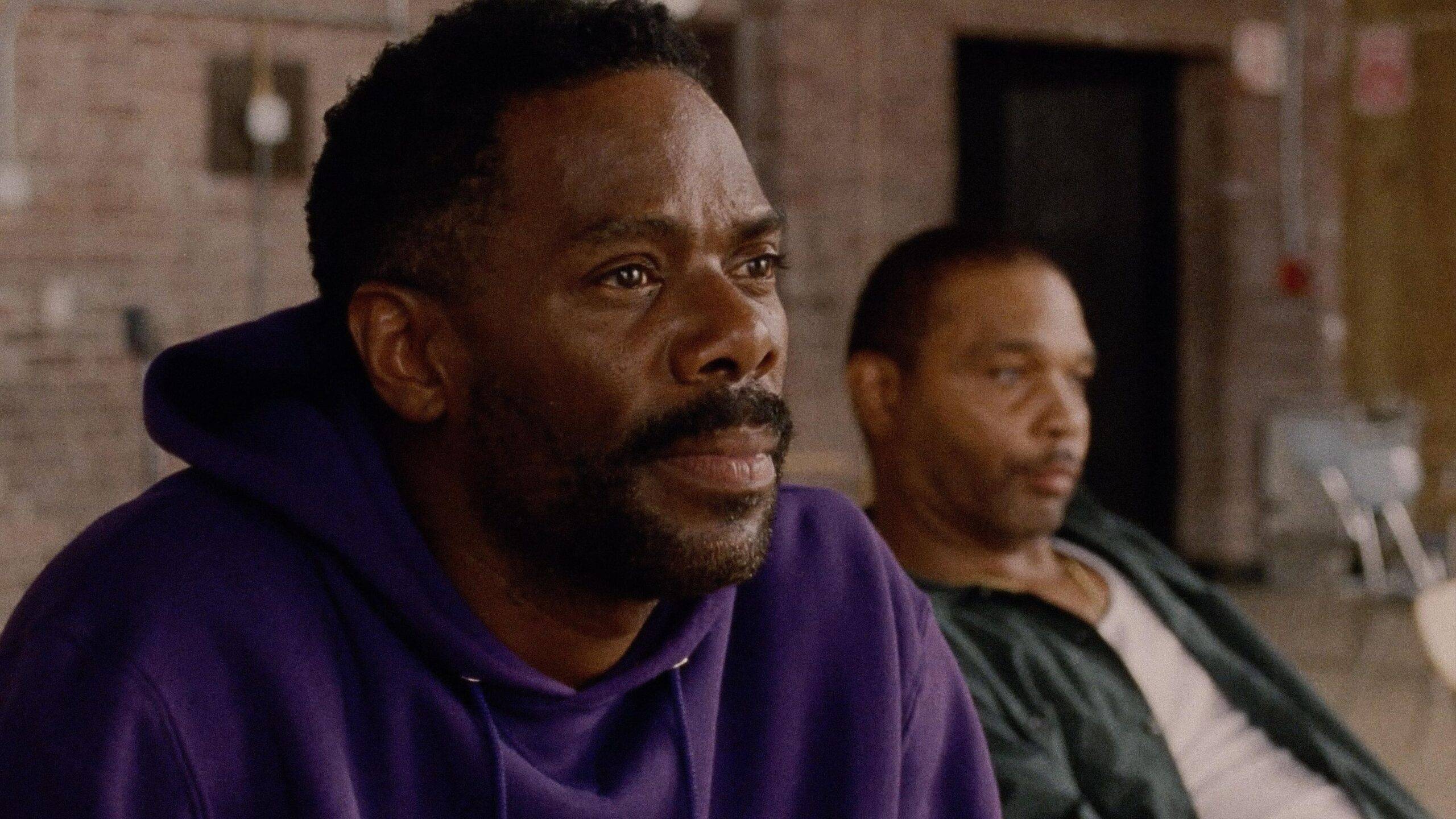Calgary, AB | Sing Sing Cinematography | Sing Sing has arrived, and Colman Domingo’s performance is already sparking Oscar buzz. But before diving into Domingo’s remarkable portrayal, it’s important to understand the context of the film itself.
What is Sing Sing About?
Directed by Greg Kwedar, Sing Sing is not Kwedar’s first feature film, but it is certainly the one that has garnered him the most attention. His earlier work, Jockey (2021), received some acclaim, but nothing like the recognition Sing Sing is generating. Kwedar served as a producer and writer on Jockey, which was directed by Clint Bentley, who co-wrote Sing Sing with Kwedar. The film’s authenticity is one of its strongest assets, drawing from the true story of the Rehabilitation Through the Arts (RTA) program at Sing Sing Maximum Security Prison.
The RTA program is central to the narrative, aiming to rehabilitate inmates through theater and the arts. This program offers inmates a chance to connect emotionally with themselves and each other—something that is often difficult in the harsh environment of a maximum-security prison. The film brings this program to life, with Colman Domingo portraying John Divine G. Whitfield, a real-life inmate who emerges as a leader within the RTA program. Domingo’s performance is nothing short of extraordinary, but more on that later.
Alongside Domingo is Paul Raci, who delivers a powerful performance as a prison employee helping to run the RTA program. Raci, best known for his role in Sound of Metal, continues to demonstrate his acting prowess in Sing Sing. However, one of the film’s standout performances comes from Clarence “Divine Eye” Maclin, who plays a version of himself. Maclin’s portrayal is both raw and authentic, offering a deeply emotional performance that resonates with the audience.
“It’s easier for him [Clarence “Divine Eye” Maclin] to play this character rather than to joke, laugh, or be silly”
The film’s plot revolves around the inmates as they rehearse for a play titled Breakin’ the Mummy’s Code, written by Raci’s character. While the film touches on a love for theater, it delves much deeper, exploring the individual stories of the inmates, their connections, and their search for freedom. The film’s foundation lies in an article published in Esquire, titled “The Sing Sing Fols” by John H. Richardson. This article served as the inspiration for Kwedar and Bentley, who spent years developing the screenplay, going through numerous iterations before arriving at the final version seen on screen.
Originally, Kwedar and Bentley intended to create an ensemble piece that provided in-depth background on each inmate. However, they realized that this approach wasn’t feasible within the constraints of a feature-length film. Instead, they used cinematography to achieve the same effect, painting intimate portraits of the inmates without losing the individual essence of each character.
Sing Sing Cinematography

The cinematography, led by Pat Scola, is a crucial element in the film’s success. Scola, who previously worked on films like Pig and A Quiet Place, employs a variety of techniques to humanize the inmates and draw the audience into their world. One of the most striking choices is the frequent use of close-ups and extreme close-ups, which allow the viewer to connect with each inmate on a deeply personal level. The camera captures the smallest details—each pore, each expression—making it impossible to ignore the individuality of each man.
“By using the camera in this way, we get an intimate portrait of every man alone, and as a result, we feel like we know them on a deeper level”
In addition to close-ups, Scola also utilizes wider shots, particularly in the theater scenes, to convey the sense of freedom the inmates experience when they are on stage. However, these moments of freedom are contrasted with reminders of confinement—foreground elements like door frames are often included in the shot, symbolizing the inescapable reality of their situation.
Another notable choice is the decision to shoot on Super 16 film, which gives the film a grainy, raw aesthetic that enhances its realism. The graininess, along with the red halations around light sources—especially when looking out of a window—creates a visual representation of the inmates’ longing for freedom. The red halations, in particular, give an almost angelic effect when the inmates gaze through the prison windows, dreaming of life beyond the bars.
“[Domingo’s] most powerful moments are when he is still—still and silent”
Scola also employs handheld shots with long lenses, which create a slightly shaky frame, further emphasizing the raw, unpolished nature of the story. These choices contribute to the overall atmosphere of the film, grounding it in reality and making the viewer feel as though they are experiencing the events alongside the inmates. In contrast, the few moments where the camera is locked off on a tripod are reserved for lengthier monologues, focusing all attention on the powerful performances without any visual distractions.
Performances

Colman Domingo’s portrayal of John Divine G. Whitfield is one of the film’s most talked-about elements. Domingo, already recognized for his work in films like Rustin and The Color Purple, delivers a performance that is both restrained and deeply emotional. His character, a decent but not brilliant actor, requires Domingo to hold back at times, making his portrayal believable while still showcasing his immense talent. Domingo’s mastery of micro-expressions is particularly evident in the film’s final scene, which stands out as one of his strongest moments.
“Maclin has played this role of gangster his whole life, and he feels almost obligated to continue playing this role”
But Domingo is not the only standout in Sing Sing. Clarence “Divine Eye” Maclin also delivers a powerful performance, playing a version of himself. Maclin, who describes himself as having played the role of a gangster his entire life, finds it difficult to break free from this persona. His struggle is a central theme in the film, as he grapples with the internal conflict between the tough exterior he has maintained and the vulnerability required by the RTA program.
The relationship between Domingo and Maclin’s characters is one of the film’s highlights. Their interactions are filled with tension and emotion, with Maclin often serving as a foil to Domingo’s character. The back-and-forth between these two characters adds depth to the narrative, showcasing the complexity of their experiences and the impact of the RTA program on their lives.
At the end of the day, Sing Sing is a film that resonates on multiple levels. The performances, direction, and cinematography all come together to create a powerful and emotionally charged experience. The film’s exploration of the human condition, particularly within the confines of a maximum-security prison, is both thought-provoking and deeply moving. | Sing Sing Cinematography
More Videos HERE
Full Written Reviews HERE




